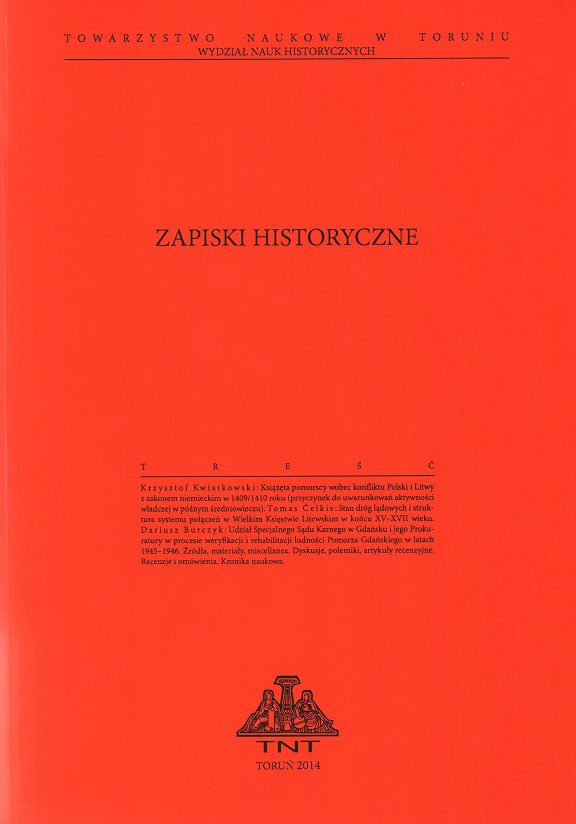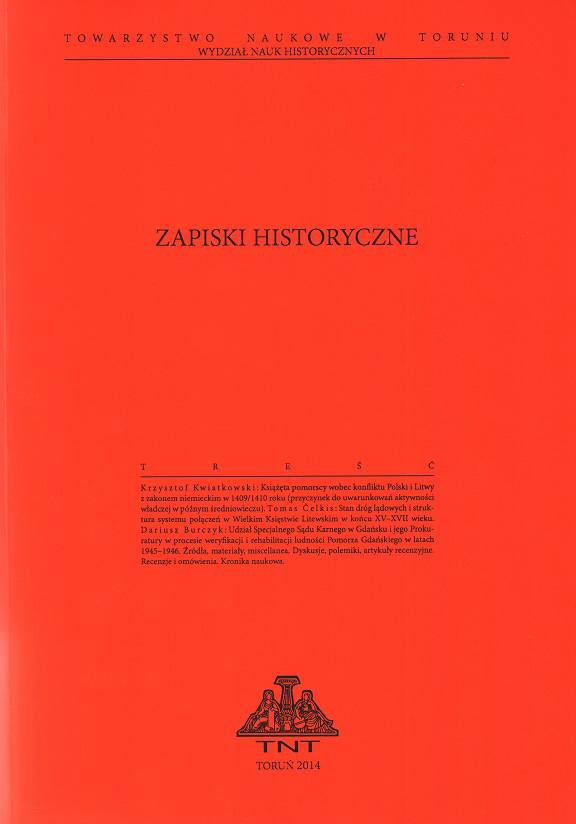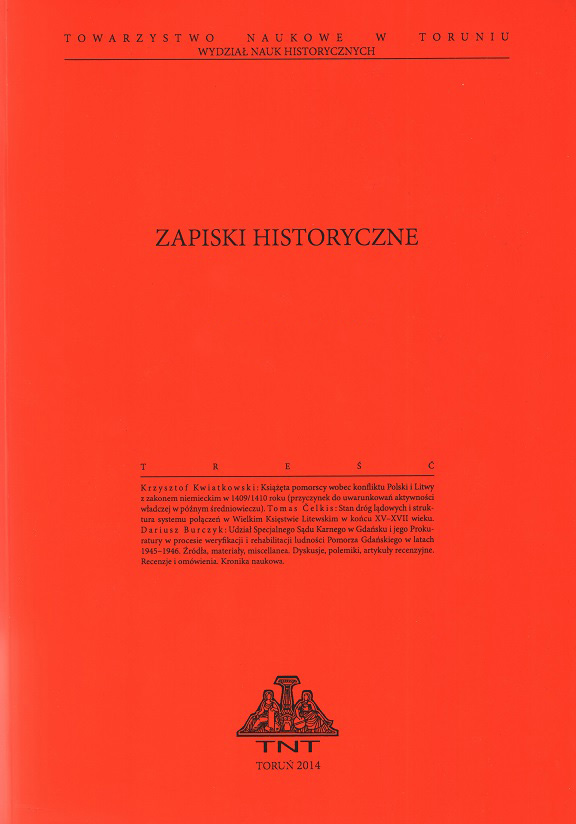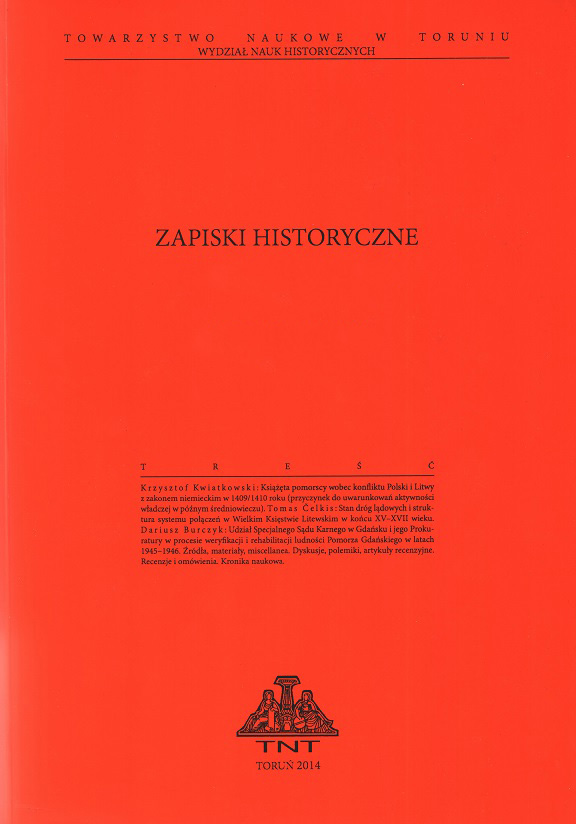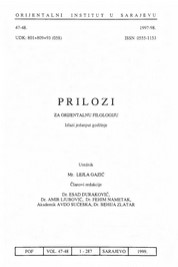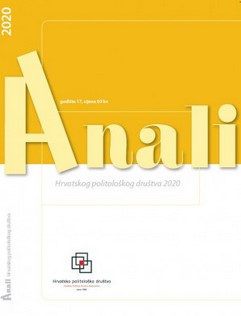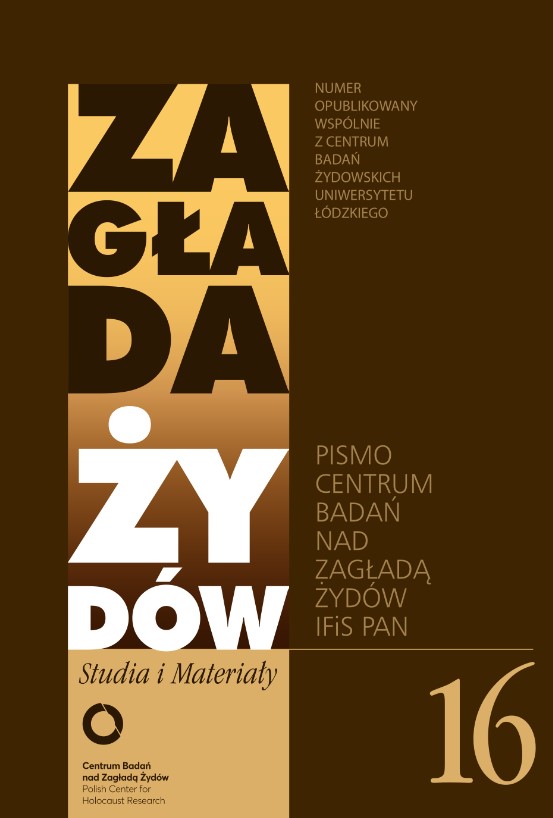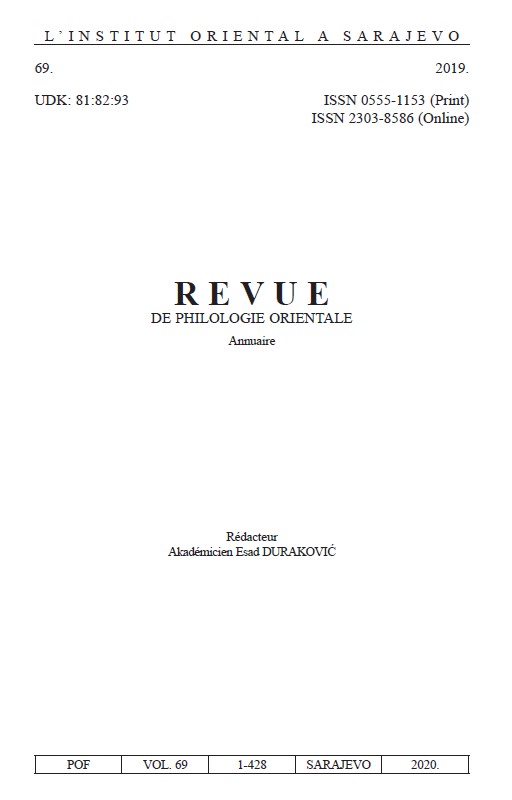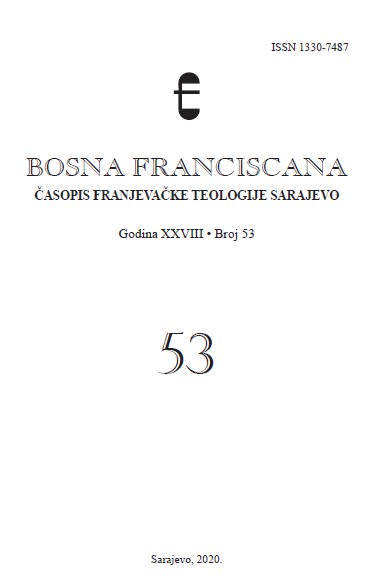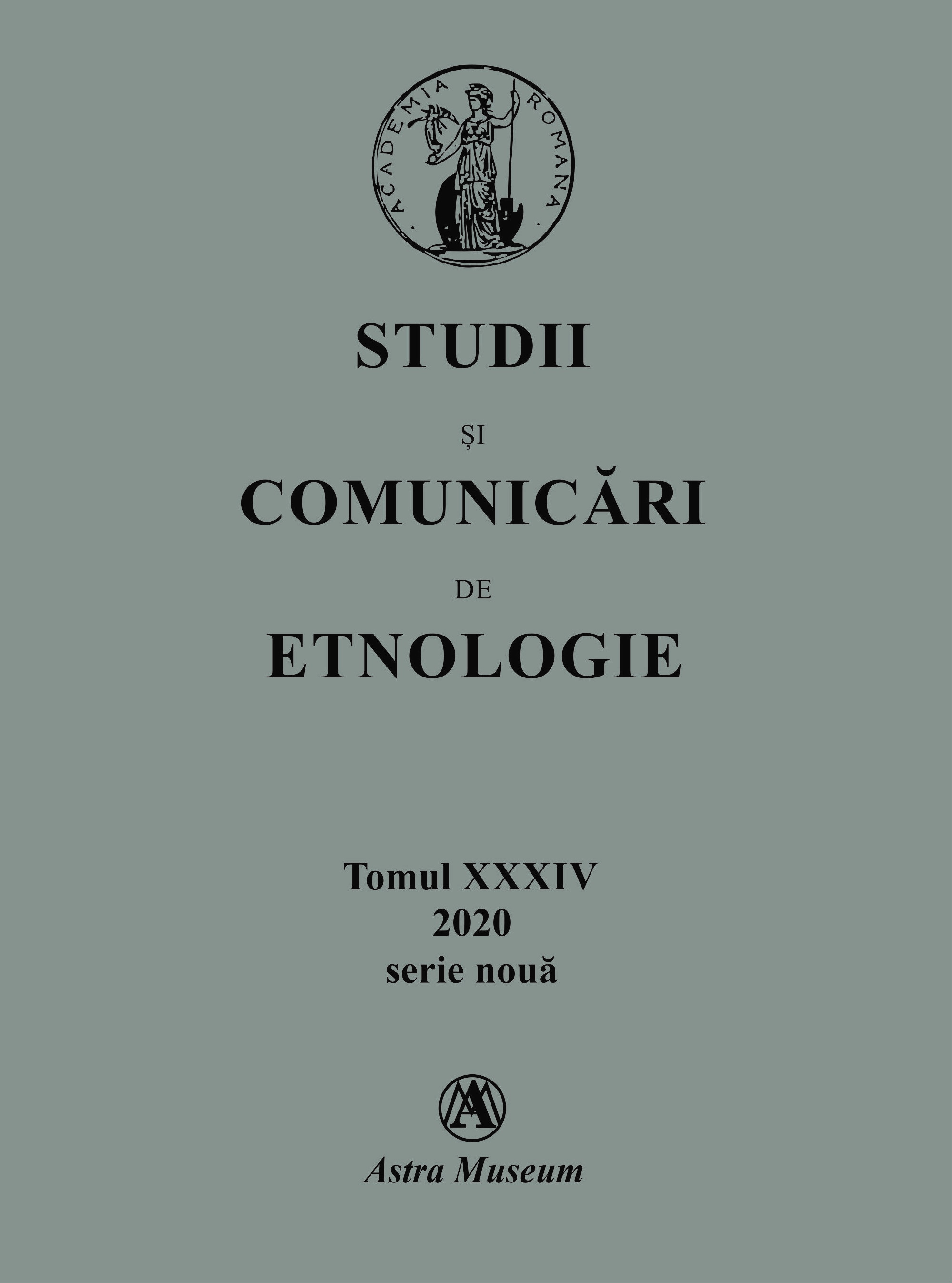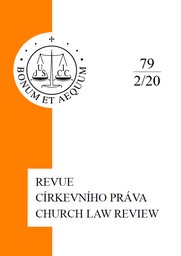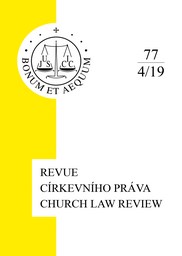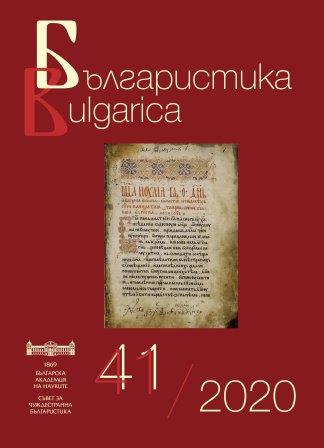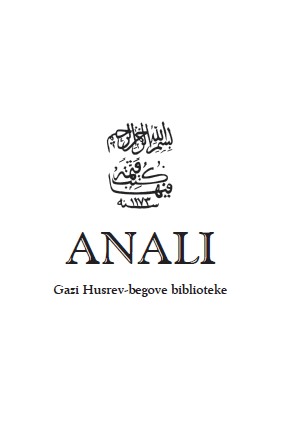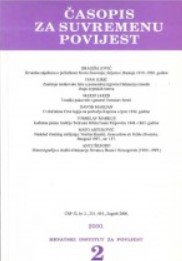Author(s): Jozo Džambo / Language(s): Croatian
Issue: 53/2020
Korespondencija koju je fra Josip Markušić stjecajem okolnosti i svojom službom župnika i gvardijana franjevačkog samostana sv. Ante u Beogradu započeo
sredinom 1932. godine sa slovenskim arhitektom Josipom Plečnikom nastavila se i sljedećih godina i trajala je sve do Plečnikove smrti 1956. godine. Nakon objavljene korespondencije iz godina 1932. do 1935. slijede u ovom broju Bosne franciscane pisma iz godina 1936. i 1937., a u sljedećim brojevima bit će objavljena preostala pisma ove korespondencije. Prva Markušićeva pisma upućena Plečniku nose izrazito službeni karakter i pisana su prema tome u tonu koji istovremeno izražava distanciranost i veliko poštovanje prema arhitektu. Tijekom vremena ovaj ton postaje sve mekši i intimniji, premda se u oslovljavanju pojavljuje samo jedna formula, naime: „Gospodine profesore“, dok završni pozdravi u pismima glase: „Iskreni štovatelj“, „Odani štovatelj“, „Sa najvećim štovanjem“, „Sa štovanjem“, „Sa osobitim štovanjem“ ili „Pax et bonum!“. Markušić je ovu prepisku veoma cijenio i smatrao je korisnom ne samo kada je riječ o konkretnom projektu beogradske crkve, nego i o svom osobnom doživljaju i poimanju umjetnosti u čemu je poznanstvo s Plečnikom imalo odlučujućeg utjecaja. U pismima čitamo, na primjer, ovakve izjave: „Vi ste me toliko zaokupili svojom umjetnošću, da ja sada živim samo u Vašoj formi“ (P 42); „Koliko već ima vremena da Vam nisam piso, a niti od Vas što dobio! To je na osjetljivu štetu moje duševne i umjetničke izgradnje.“ (P 56). Markušić cijeni ne samo sadržaj Plečnikovih pisama, nego i njihovu formu i tvrdi: „Nijedna, naprimjer, Vaša kuverta, na me adresirana, ne će propasti, ja ih prosto ne mogu da bacim; i zbilja mislim da su vrijedne za izučavanje lijepe forme i pisma.“ A da se usuđuje to reći, opravdava to jednostavno uvjerenjem „jer Vam nisam ni tuđ ni stranac, dakle svoj svome“ (P 42).
More...
